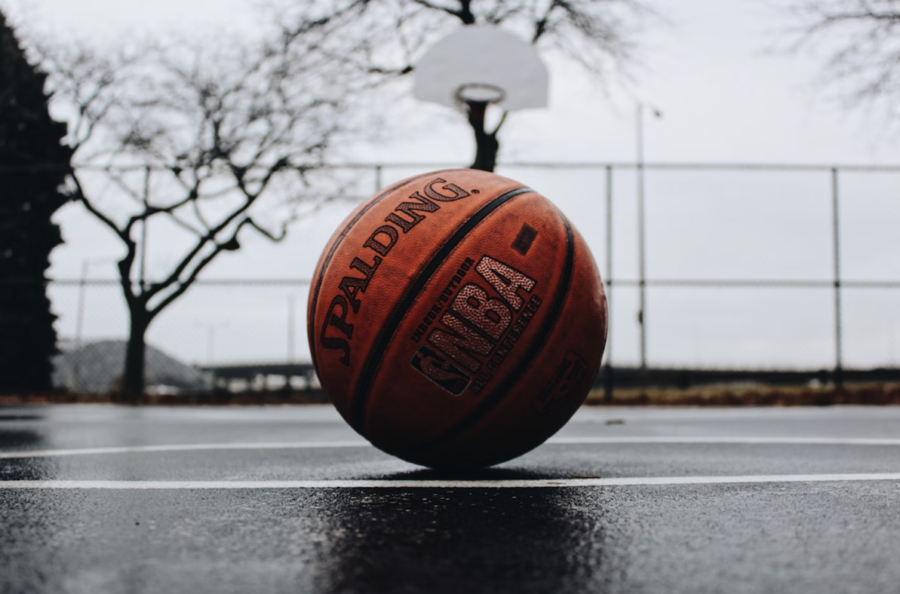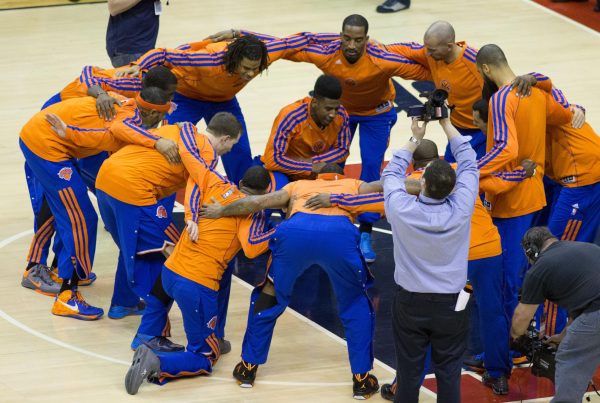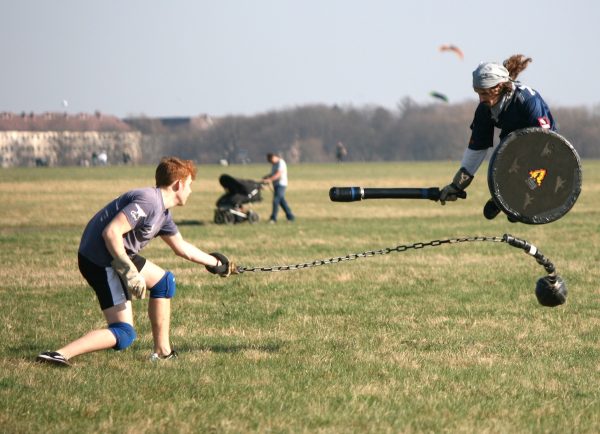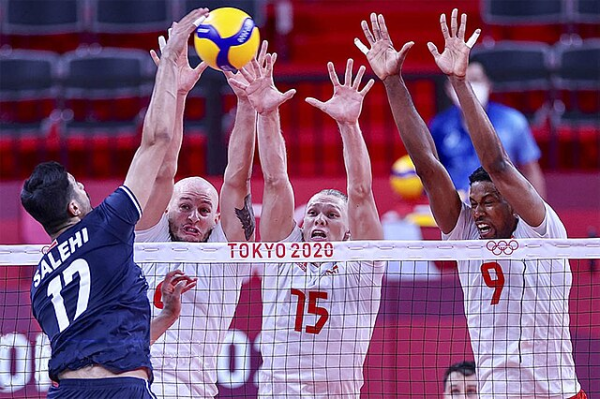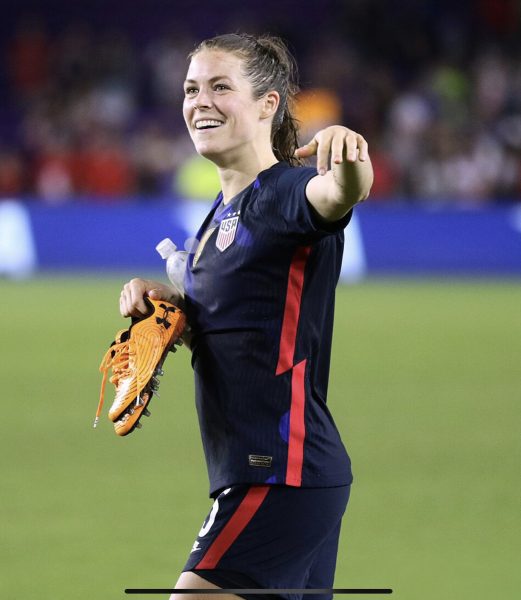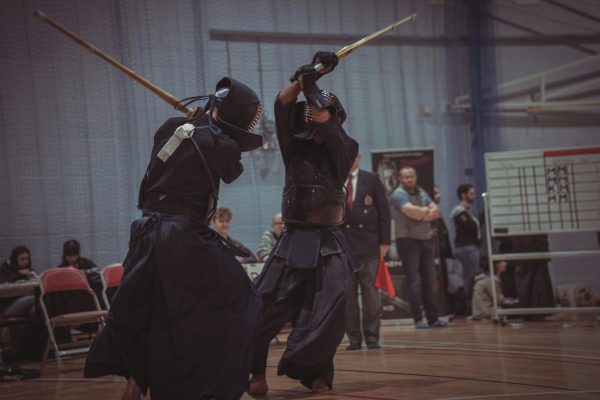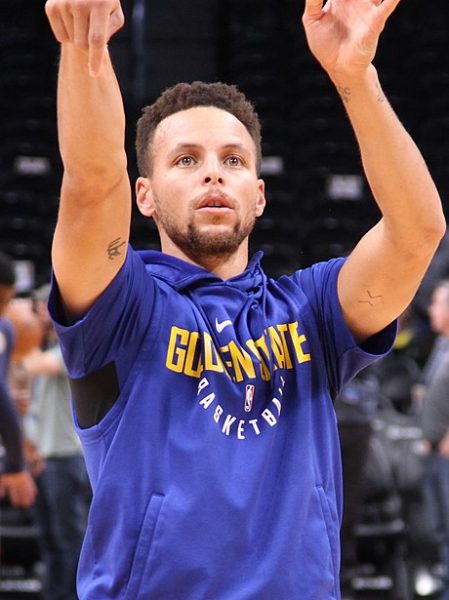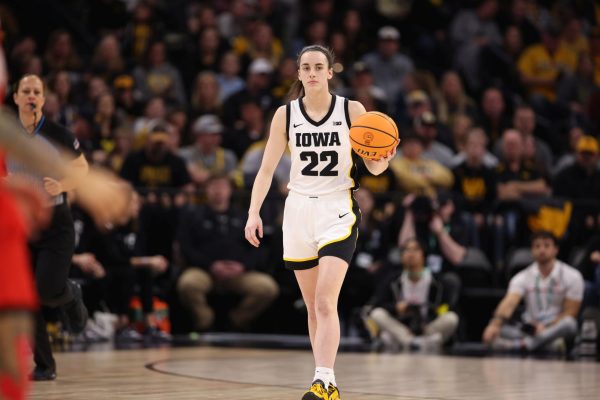Basketball Gone Global: The Rapid Expansion of the Classic American Sport
Basketball’s journey to the global stage and the NBA’s meteoric rise to the top of world sports.
From its beginnings, Basketball has established roots in the U.S. and abroad. In more recent years, the NBA has begun to consolidate international talent and expand its reach. Only time will tell regarding the lasting impact of the league’s effort to globalize one of the world’s premiere sports.
Buzzer beaters, devastating dunks, and clutch threes all help to seal the deal in one fast-paced, electrifying game. Over the years, basketball has given spectators countless unforgettable moments.
With the 2022-2023 NBA season officially underway, fans, coaches, and players alike look forward to another year of exhilarating basketball. However, this season is notably different from countless others for one reason — the staggering amount of international talent that seemingly dominates the league.
“It’s near impossible to tell the ethnic background of the basketball players today,” said Lonnie Drinks, a former Division 1 athlete and high school basketball coach for the better part of thirty years.
Drinks may be onto something here. NBA history was made last year when the top three candidates for the MVP (Most Valuable Player) award, the league’s most prestigious honor, were all foreign-born. This marks a new height of what many are dubbing the “international age of basketball,” as well as the culmination of years of work by the NBA to globalize the game.
While the NBA’s successful expansion into foreign nations is largely due to their strategic implementation of the game abroad, their efforts would be for naught without the deep and complex international history that precedes the league itself.
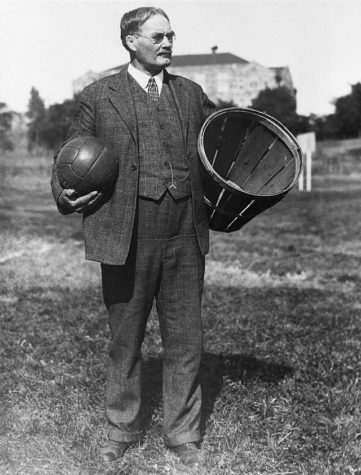
(Public domain, via Wikimedia Commons )
In 1891, James Naismith, a Canadian-born physical education instructor, created basketball in Springfield, Massachusetts as a way to keep his athletes conditioned during the icy winter months. Soon after its inception, the game spread quickly throughout the United States and would soon blossom into a global, cultural phenomenon surely beyond even Naismith’s wildest dreams.
Basketball abroad began as a recreational game played by American missionaries associated with the YMCA and other similar organizations. Just two years after its creation, in the winter of 1893, the first international game was played inside a newly constructed YMCA on Paris’s Rue de Trevise. From there, the sport took off branching out across Europe and South America, where the game evolved and adapted to capture local intrigue.
In its early years, basketball attracted widespread international attention. Not even ten years after the sport’s first international game, it was included as a demonstration in the 1904 Olympic games. However, there were no prominent, centralized leagues or organizations that could facilitate the continuation of this rapid growth.
This would all begin to change with the formation of the Fédération Internationale de Basketball, the global governing body for the sport, better known as FIBA. In 1932 the organization was founded by eight member nations that included Argentina, Czechoslovakia, Greece, Italy, Latvia, Portugal, Romania, and Switzerland. After establishing itself at the forefront of organized basketball FIBA began to rapidly recruit other nations and by 1936 FIBA was backed by thirty-two nations including the United States, who together successfully lobbied the IOC (International Olympic Committee) for the inclusion of basketball in the Olympics. As a result, in 1936 twenty-three of the thirty-two member nations were able to send basketball teams to compete in the controversial 1936 Berlin games.
With the eruption of the Second World War, many leagues around the world came to a grinding halt as most of their players enlisted or were drafted. Despite this setback, the sport continued to blossom due to work done by the Red Cross and the YMCA to organize games and small tournaments. This popular, simple, and most significantly at the time, non-violent sport, succeeded at increasing morale among weary, battle-hardened soldiers. Young men from all corners of the world formed a connection with the game and eventually brought the game back to their villages, towns, cities, and countries.
In 1949, following the war, the Basketball Association of America (BAA) and the National Basketball League (NBL) merged, creating the NBA. The rise of the NBA filled previously empty stadiums, saw the return of many former players and young athletes, and filled a general demand for post-war entertainment. With this post-war consolidation of leagues, players and fans around the world were finally able to experience a stable, well-established basketball league.
Over the following years, the league would experience numerous ups and downs related to revenue and viewership. This would then see the advent of the shot clock as well as the three-point line. Both innovations played vital roles in reinvigorating spectators, causing profits league-wide to soar.
Under the leadership of former commissioner David Stern, the NBA reached its first major milestone on the path to globalizing the league with Hervé Dubuisson. In 1984, Dubuisson, a French foreign national, became the first international player who was also trained abroad to compete in the League. Dubuisson’s influential albeit brief run with the New Jersey Nets served as a precursor to the eventual influx of foreign talent. Despite the long journey to this point, the league began to see real international talent like Toni Kukoc of Croatia and Nigeria’s Hakeem Olajuwon, a two-time NBA champion and a member of the NBA’s top seventy-five team.
While Dubuisson’s time with the Nets was a historic moment for the development of foreign basketball, no one could have possibly forecasted the era of change the famed “dream team” brought with them.
Before 1992, the U.S. Olympic committee was strictly prohibited from fielding talent from the NBA in part due to FIBA regulations. Despite this, other nations gathered the best of the best from their respective domestic leagues. Previously, calls to reform these regulations had not gotten the attention they deserved, because even without professional athletes American basketball was far superior at the time. However, due to the aforementioned regulations that precluded professional American athletes, the world started to chip away at the pedestal U.S. basketball had sat atop for so long. This all culminated with America’s historic loss at the hands of the U.S.S.R. team forcing the U.S. to settle for the bronze medal, the lowest American finish in the history of Olympic basketball to this date.
Subsequently, the regulations deemed unacceptable were discarded by FIBA and in the summer games of 1992, the U.S. aimed to make a splash with their proclaimed “dream team.”
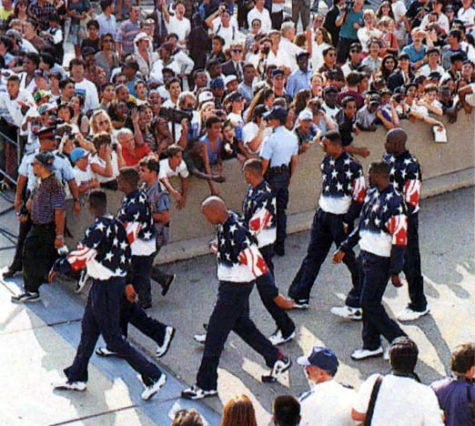
(El Gráfico, Public domain, via Wikimedia Commons)
“You will see a team of professionals in the Olympics again, But I don’t think you’ll see another team quite like this. This was a majestic team,” said Chuck Daly, former head coach of Team USA basketball.
The dream team was indeed “majestic.” This team of NBA legends including Micheal Jordan, Earvin “Magic” Johnson, Larry Bird, and Charles Barkley, took the ’92 games by storm, winning each match by an average of 43 points. The team’s success not only reaffirmed American dominance in basketball, but for the first time, allowed the NBA to showcase their superior level of play on the world stage, thus firmly cementing themselves as the preeminent basketball league. Fans and athletes alike were inspired, and the sport saw a new era of growth.
Noticing this trend, the NBA moved to capitalize on the aspirations of young boys and girls around the world with the hopes of fostering a new generation of international basketball players. They expeditiously began to fund grassroots programs in order to improve the quality of training abroad and to create more opportunities to allow the fostering of international talent. Additionally, the development of technology, especially in impoverished or isolated countries, allowed coaches and players to study the professional game at an exponentially more advanced level.
All of the league’s efforts in recent years have focused on making the sport more accessible, something that Daniel Collins, Physical Education teacher and the Junior Varsity Basketball Coach at Bronx Science, emphasizes. “Basketball has been the most popular sport since I’ve been here. I think it’s mostly because it has always been the most available to students.” The availability of the game is something that Collins says the NBA has “done a great job with promoting.”
Furthering their efforts to make the game more accessible internationally, the NBA, along with FIBA, founded the Basketball Without Borders organization in 2001, whose goal is to create programs that “unite young basketball players to promote the sport of basketball as well as leadership, health, and wellness.” According to the NBA, Basketball Without Borders has, to this date, “staged 62 camps in 39 cities across 30 countries and six continents. The program has reached more than 3,700 campers from 133 different countries.” This a shining example of the NBA’s commitment to further the development of global basketball and sourcing international talent.
The results, quite frankly, speak for themselves in terms of statistics. At the onset of the 1991-92 season, the international player base of the NBA consisted of 23 international players hailing from 18 different countries. Three decades later those numbers have skyrocketed to foreign 120 players from 40 countries, the most in history. This becomes an even more impressive figure when up against a player base of just under 450 athletes.
Yes, the NBA as an organization has taken basketball to previously inconceivable heights, but savvy marketing and outreach strategies are only one-half of this lucrative equation. It is players like Michael Jordan, Lebron James, Kobe Bryant, Shaquille O’Neal, as well as many others, that stood and continue to stand at the forefront of the sport, inspiring the next generation of hoopers, that make it all possible. These basketball superstars, working in conjunction with a league that tirelessly strides to expand its audience, is precisely what has made the globalization of basketball so successful.
Where do we go from here?
With the exponential growth over recent years, what more can fans expect from the NBA in the way of globalization?
“What I think we’ll begin to see is an increased schedule of team play overseas,” said Steven Olenick, a prominent figure in sports law and a contributor to industry-leading publications, namely, ESPN, Sports Business Journal, and Sports Litigation Alert. “And I just think that it’s great for the game,” Olenick added.
Overseas play is not a novel concept for the league, with the first international regular season game dating back to 1990 in Tokyo where the Phoenix Suns tipped off against the Utah Jazz. However, as of late, the schedule of international matches has begun to ramp up. This year during the preseason, Giannis Antetokunmpo led the Milwaukee Bucks against Trae Young and the Atlanta Hawks in Abu Dhabi for the NBA’s first-ever game in the Arabian Gulf. This along with a plethora of international preseason games are surely an exciting sight for basketball around the globe.
In addition, the league this year plans to hold regular season games at venues in Paris and Mexico City. Expansion of international play will, according to Olenick, “hopefully give more people abroad a chance to experience a live game as opposed to streaming, which creates a different level of engagement,” something the NBA certainly hopes for.
From 2021 to 2022, the NBA’s leading streaming service League Pass has seen its global viewer increase by a staggering 30%. Even after more than seventy-five years of basketball, the NBA continues to see drastic growth. Moving into the future, all signs point toward the continued upward trajectory of international basketball.
As basketball and the NBA evolve and reach new audiences in faraway lands, it is important to recognize that despite all of the nuance involved in basketball, at its core, it is beautifully simple. As Olenick put it, “all you need is a hoop and a ball.”
As basketball and the NBA evolve and reach new audiences in faraway lands, it is important to recognize that despite all of the nuance involved in basketball, at its core, it is beautifully simple. As Olenick put it, “all you need is a hoop and a ball.”
Nicholas Anderson is a Managing Editor and Advisory Editor for ‘The Science Survey.' What draws him to journalism is the way that diverse and interesting...

